In fact, all objects move through space-time at the speed of light, so is time travel possible?

Many science fiction works feature time-traveling technologies and devices, but unlike physical travel by plane or train, time travel that travels through invisible time is hard to imagine. Kurzgesagt, an educational YouTube channel, has released a video that uses easy-to-understand animation to explain time travel, which is often misleading with dazzling lights and CG images such as tunnels.
The world is believed to be made up of four dimensions of 'space-time' - three spatial dimensions and one time dimension.

According to Kurzgesagt, everything in the universe actually moves through space-time at the speed of light.

This is because the sum of the speed at which something travels through space and the speed at which it travels through time is always the speed of light.

If someone is stationary in space, that person is moving through time at the speed of light.

Conversely, if there is an object moving through space at the speed of light, the speed at which time passes for that object is zero, in other words, time stops.

Such objects are real: photons.

Photons do not experience the passage of time, so when someone sees sunlight, from the photon's perspective it hits that person's eye immediately after leaving the surface of the sun.

However, this is a conceptual analogy that has infuriated physicists around the world, and it ignores various laws and limitations, so in reality it's a lot more complicated than that.

For example, the Earth and the solar system are moving through space at incredible speeds, so even if you were standing still on Earth you could never be stationary in space. Similarly, you cannot define

If we leave these details aside for the moment and think about time travel, something strange happens.

Let's say you're riding a scooter and a bus passes you.

Since the speed at which a scooter and a bus travel is different, the speed of time also differs slightly.

As you move faster through space, time slows down, so time appears to be a little slower for the person on the bus.

To quickly see the effect, one of the twins will be sent on a rocket into space.

As the rocket travels through space at incredible speed, time feels slower than it does on Earth.

When an astronaut returns to Earth and is reunited with his long-lost sibling, he will find that he has become an elderly man. This analogy is called
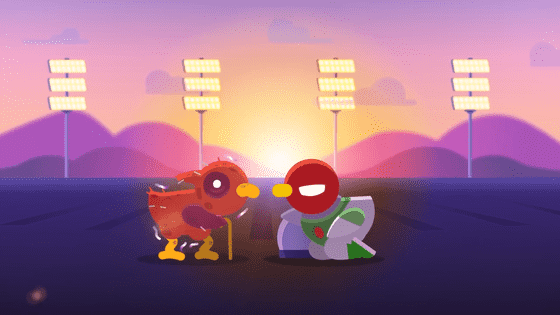
With a rocket fast enough, we could travel as far into the future as we like, which would technically allow us to see what happens at the end of the universe. So this rocket could actually allow us to travel into the future.
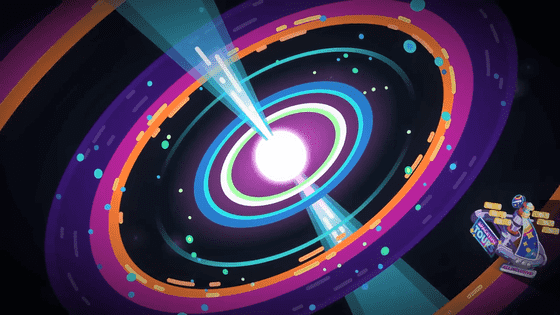
There's another way to travel to the future. Massive objects bend space-time, slowing down time when you're close to them. The effect is weak on Earth, so time only slows down 0.00000007% on Earth compared to the far reaches of space.
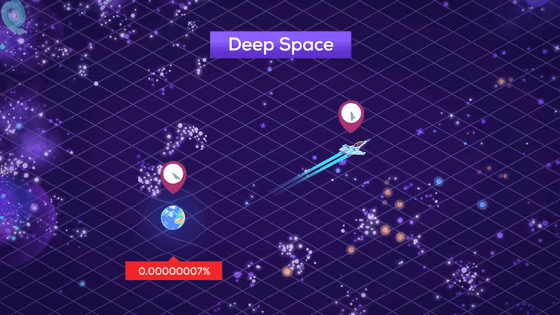
The story is different for black holes, which have incredible gravity, and time slows down dramatically as you approach the event horizon.
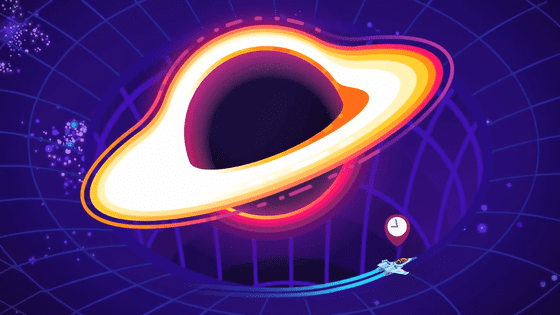
When observing a rocket pilot flying near a black hole from the outside, it appears as if time has stopped.

However, it doesn't change how time passes for you.

Only upon returning to Earth does the pilot realise he has travelled through time.
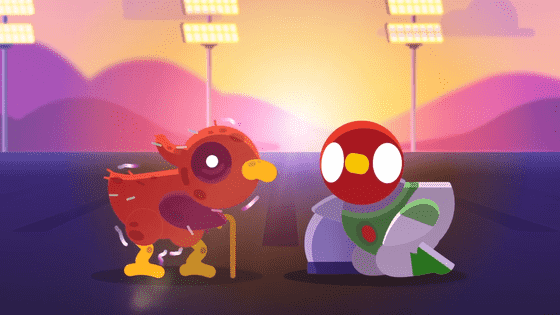
Assuming there are two ways to travel to the future, then how can we travel to the past? This requires the use of hypothetical particles called
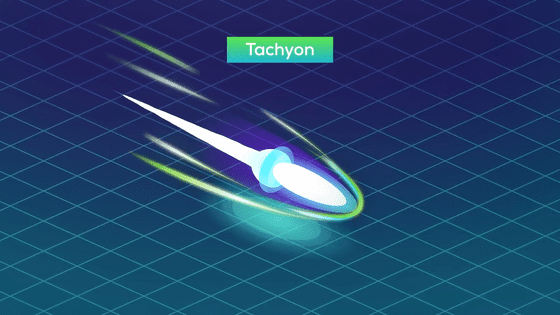
Time stops for photons traveling at the speed of light, but tachyons, traveling faster than the speed of light, go back in time.
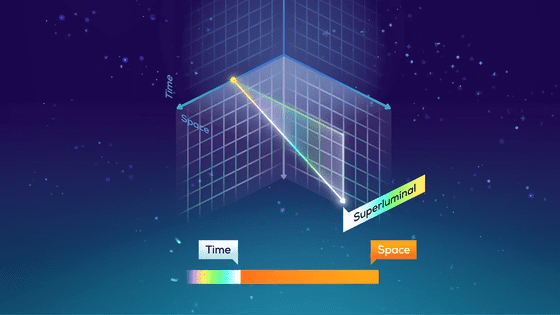
With it you can meet your ancestors, prevent past mistakes, win the lottery, meet dinosaurs and much more - this is true time travel.

Unfortunately, the theory of relativity strictly forbids anything slower than light from going faster than light, because to travel faster you need energy, and to reach the speed of light requires infinite energy, so even if you gathered all the energy in the universe together, you couldn't make a single grain of sand go faster than light.

Additionally, there has been no evidence whatsoever that tachyons exist, and most scientists believe they are not real.
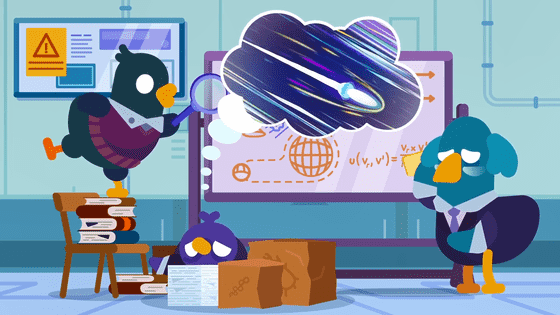
In other words, time travel to the past is impossible, even if you stand on your head.

Kurzgesagt concluded by saying, 'It's sad that we can't go back in time, but the most important moment for people is the present, and the future is something that people can create with their own hands. Fortunately, creating the future is much easier than changing the past, so with the right knowledge and problem-solving skills, we're sure to be able to handle any obstacles or challenges that may come our way.'

Related Posts:







